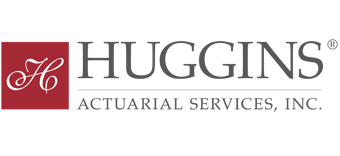Accruals for Uncertain Liabilities
Accruals for Extended Warranties and Other Guarantees
Think of the last time you purchased an automobile, electronic device, or a major appliance. Oftentimes, you have the option to purchase an extended warranty or service contract. These exist to give you peace of mind, should your new refrigerator, washing machine, or stereo system stop working as promised. In the event of certain failures or damages, these will cover expenses for repairing, replacing or refunding the product. An extended warranty is different from the standard warranty that may automatically come with a product. For an additional and separate expense, the extended warranty will provide more coverage.
If you decided to purchase the extended warranty, you paid a fee at the time of purchase (or shortly after). In exchange, you are provided warranty protection for multiple years. The company underwriting the warranty or extended warranty usually records a liability on its books. Future expected costs of such promises must properly match costs with revenues and comply with accounting standards. Revenues and expenses are recorded as they occur, rather than when money is received or paid. The amount that is registered on the books of a company is referred to as an accrual.
To estimate these accruals, there are certain techniques:
- Some individuals use a “rule of thumb” approach when establishing an accrual. These are usually based on multiple years of experience, a review of competitor accrual rates, or both. While such metrics can help establish an accounting entry, a more scientific approach is preferred.
- Other individuals use an accruals-to-sales ratio from other similar entities to establish their accruals. However, differences in the quality of the product, time of coverage, claims reporting rates, jurisdiction of where goods or services are provided, geography, and other factors can make such comparisons inappropriate.
- Another method relies on a frequency/severity approach. The frequency of how many products will need repair or replacement equals the total number of units sold times the percentage of units that are defective. The severity of the cost to repair or replace those units equals the number of units needing repair or replacement times the cost per unit to repair or replace. By multiplying the frequency and the severity, one can arrive at an estimate of the warranty accrual. This approach may be more rigorous than the prior two, but it does require estimates of the percentage of defective units and the average cost per unit to repair and replace. These estimates can be derived from a company’s own historical experience or from industry data.
Estimating accruals not only impacts a company’s liabilities
It can also impact current pricing of warranty products: too high an accrual can result in uncompetitive pricing, while inadequate pricing can cause profits to suffer. Since many warranties cover multiple months or years, there can be a considerable delay between the date of the sale and finalization of the cost of the warranty.
Huggins staff have extensive experience in evaluating such accruals. Huggins actuaries can quantify, evaluate, and monitor accrual estimates. Depending on the detail and availability of historical data, we can use a variety of actuarial methods to estimate ultimate value of warranties and other guarantees, undiscounted or discounted for the time value of money. In every case, our work is guided by the Actuarial Standards of Practice and Code of Professional Conduct.
If you have any further questions on this topic, please feel free to contact your Huggins Actuarial Services consulting actuary.
© Huggins Actuarial Services, Inc.

 Used with permission from Microsoft.
Used with permission from Microsoft.
 Shutterstock id 518802193
Shutterstock id 518802193